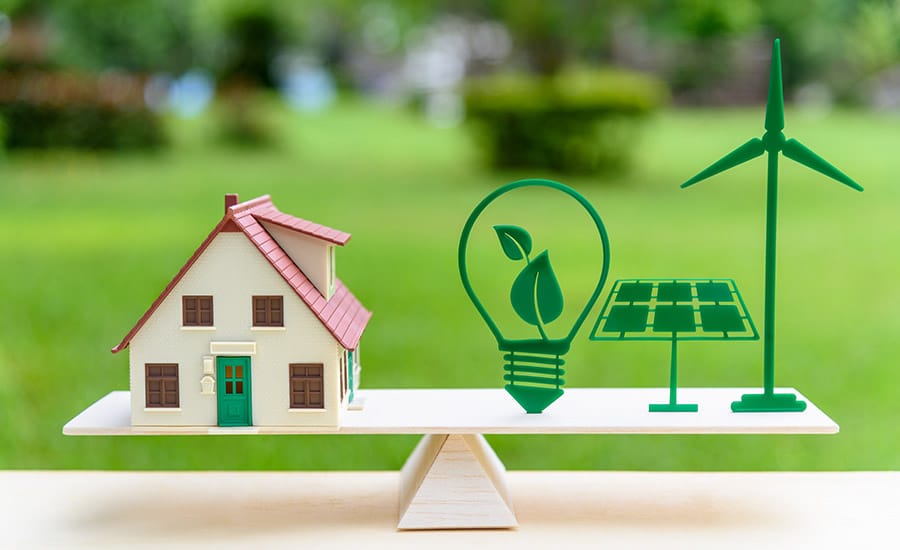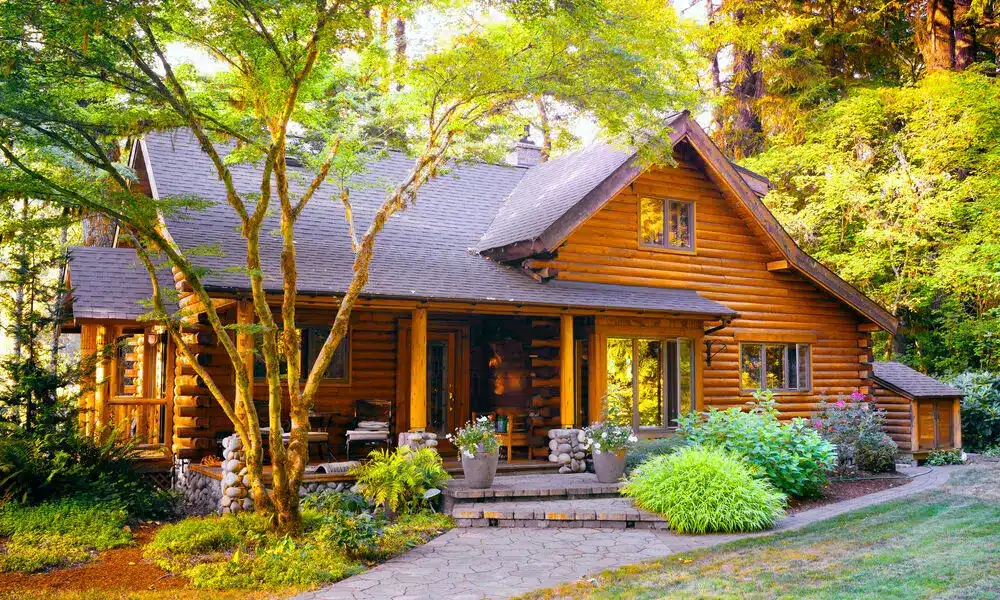Sustainable and Stylish: The Environmental Benefits of Choosing a Log Cabin Home
The choice of where and how we live becomes paramount in a world increasingly conscious of the need for sustainable living practices.
Amidst this growing awareness, the log cabin home stands out as a symbol of rustic charm, warmth, and environmental stewardship. Companies like Big Cabin are leading the charge, demonstrating that choosing a log cabin home is not just a nod to traditional aesthetics but a forward-thinking decision that benefits our planet.
The Natural Advantage
Log cabin homes are inherently sustainable, constructed from one of the earth’s most renewable resources: wood. Trees absorb carbon dioxide as they grow, storing carbon and releasing oxygen, making wood carbon-neutral.
When harvested responsibly, planting, growing, and harvesting trees for log cabin construction can positively impact the environment, reducing greenhouse gases and promoting forest regeneration. Big Cabin emphasizes the importance of sourcing materials from sustainably managed forests, ensuring that their log homes contribute positively to the environment.
Energy Efficiency and Insulation
One of the most compelling environmental benefits of log cabin homes is their energy efficiency. The thermal mass of logs allows them to absorb heat during the day and release it at night, maintaining a comfortable indoor temperature year-round.
This natural insulating property means that log homes require less energy for heating and cooling, leading to lower utility bills and a smaller carbon footprint. Moreover, advancements in construction techniques have further enhanced the energy efficiency of these homes, with Big Cabin at the forefront of integrating tight seals, high-quality insulation, and energy-efficient windows and doors to ensure that their cabins exceed standard energy requirements.
Durability and Longevity
The durability of log cabin homes is another factor contributing to their sustainability. These homes are built to last with solid logs and withstand severe weather conditions and pests that’s why it’s important to know how to maintain your log home.
The longevity of a log cabin reduces the need for frequent repairs and rebuilding, minimizing the consumption of materials and energy over time. Big Cabin constructs their homes with durability in mind, choosing high-quality materials and employing skilled craftsmanship to ensure that each cabin is a long-lasting, sustainable investment.
Eco-Friendly Construction Practices

Additionally, the simplicity of log construction reduces the need for synthetic materials and chemicals, further lessening the environmental footprint of building a new home.
A Healthier Living Environment
Choosing a log cabin home also benefits indoor environmental quality, contributing to a healthier living environment. Wood naturally regulates humidity, maintaining a comfortable indoor atmosphere and reducing the risk of mold and mildew.
Furthermore, using natural materials limits exposure to volatile organic compounds (VOCs) found in many conventional building materials, ensuring cleaner indoor air. Big Cabin’s commitment to using natural, non-toxic materials underscores their dedication to the planet’s health and that of their homeowners.
Aesthetic Harmony with Nature
Beyond their practical environmental benefits, log cabin homes also offer an aesthetic that harmonizes with the natural landscape. This connection to nature encourages a lifestyle that values outdoor activities and conservation, fostering a deeper appreciation for the environment and a commitment to its protection.
Big Cabin designs their homes to blend seamlessly with their surroundings, emphasizing natural beauty and minimizing the visual impact on the landscape.
Conclusion
The choice of a log cabin home is a statement of style, sustainability, and environmental responsibility. Using renewable resources, energy-efficient design, durable construction, eco-friendly practices, and natural materials, log cabin homes offer a way to live comfortably and stylishly while significantly reducing our ecological footprint.
Companies like Big Cabin are at the forefront of this movement, proving that it is possible to have a home that is both beautiful and beneficial to our planet. As we seek ways to live more sustainably, the log cabin home is a shining example of how traditional methods can meet modern environmental standards, offering a path to a more sustainable and harmonious way of life.







